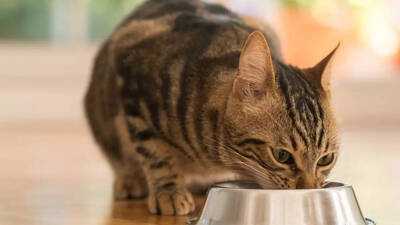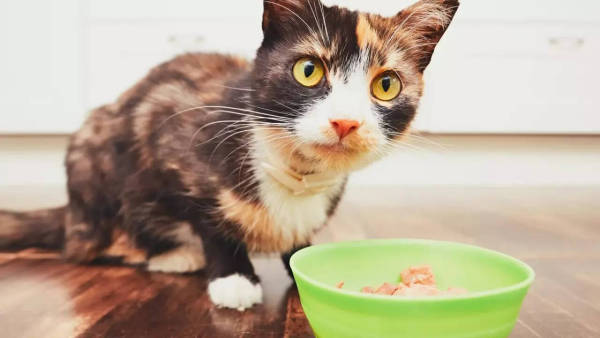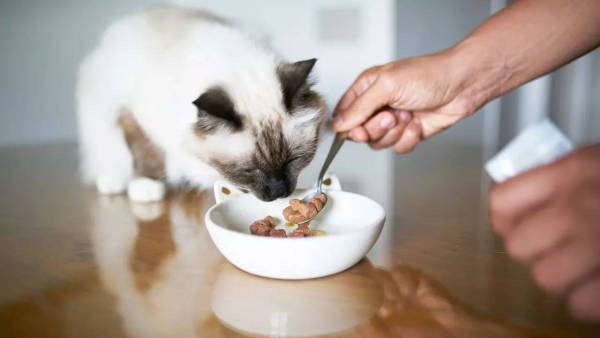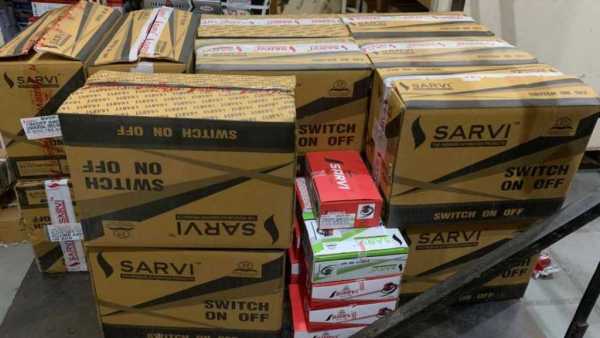
A San Francisco cat has tragically been euthanized after contracting the highly contagious H5N1 bird flu from RAWR Raw Cat Food Chicken Eats. Health authorities confirmed the same virus strain in the cat and two raw food lots, prompting urgent warnings from the FDA and public health officials. This tragic incident, which poses a serious threat to pets, underlines the hidden dangers of feeding raw diets to pets. While human risk remains low, animal health is on the front line.
What happened?
In July this year, a cat in San Francisco exhibited symptoms like respiratory distress and neurological issues. Following lab tests, it was found to have contracted the H5N1 bird flu, most likely from consuming RAWR Raw Cat Food Chicken Eats. Investigations confirmed the identical virus strain in both the cat and the pet food. Despite the tragic outcome, no official recall has been issued, though the manufacturer says it removed the affected batches weeks ago.
Bird flu link confirmed: Raw food under scrutiny
Federal and San Francisco health officials have linked a domestic cat’s H5N1 infection and subsequent euthanasia to RAWR Raw Cat Food Chicken Eats. Testing confirmed the virus in both the cat and two food lots (CCS 25 093 and CCS 25 077) with sell-by dates extending into 2026.
Genetic sequencing by the USDA revealed that the virus in the pet and the food originated from the same source, identifying it as the B3.13 H5N1 genotype, previously found in bird flu outbreaks among U.S. dairy cows and poultry.
This marks the first confirmed H5N1 infection from raw pet food in a cat since March, adding to a growing tally of nearly 70 feline cases this year linked to contaminated raw food or milk.

What makes H5N1 so dangerous for pets
H5N1, a highly pathogenic avian influenza, is especially dangerous to cats, causing rapid and often fatal progression of symptoms. It affects their respiratory and nervous systems, leading to seizures and severe respiratory distress, often culminating in death within days. Experts warn that raw food diets amplify this risk.
This isn’t an isolated incident. Public health records show nearly 70 documented cases of domestic cats infected with H5N1 this year, often linked to raw milk or pet food.
Recognizing symptoms in pets
Bird flu in cats often strikes rapidly and severely. Watch for:
Lethargy, loss of appetite, or fever
Nasal or eye discharge, inflamed eyes
Respiratory distress (coughing, difficulty breathing)
Neurological signs like tremors, seizures, and uncoordinated movement
Experiencing one or more of these symptoms, especially after raw food exposure, calls for immediate veterinary attention.

Safety tips for pet owners
Avoid raw diets: Experts strongly advise against feeding pets raw meat or unpasteurized products. Opt for thoroughly cooked meals or reputable commercial diets that have undergone high-temperature processing.
Keep cats indoors: Limiting exposure to wildlife, birds, and contaminated environments reduces the risk of infection.
Practice hygiene: Always wash your hands thoroughly after handling pet food. Consider changing clothes if you've had contact with livestock, wild birds, or raw meat.
Monitor product lots: Be aware of affected lot numbers like CCS 25 077 and 25 093. If you own or purchase these, refrain from feeding them to pets, even if thawed before serving.
Seek vet advice ASAP: Early veterinary care is vital. With no effective cure for H5N1, supportive treatment may help, but early detection is critical.
-
'Undoubtedly, We'll Be Buying': Sitharaman Asserts India's Oil Purchase From Russia

-
US Sanctions Palestinian Rights Groups Over ICC Probe Into Israel, Labels Efforts 'Illegitimate Targeting'

-
Uno Minda conducts counterfeiting raids, busts warehouses across India

-
Ashish Warang, Akshay Kumar’s Sooryavanshi co-star, dies at 55

-
Amitabh Bachchan regrets not being able to spend time with kids: ‘I used to…’
